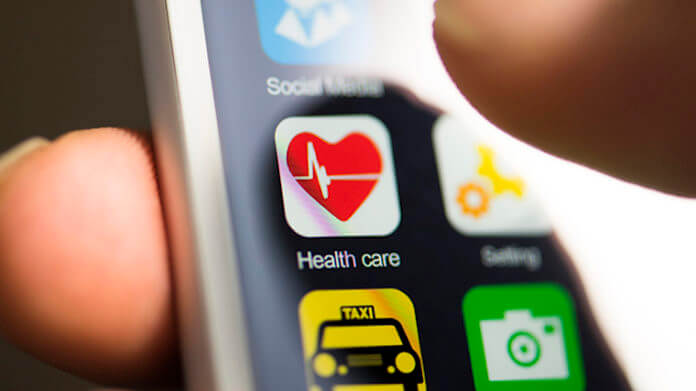Oct 17
2019
Reasons For Startups To Focus On Mobile Health App Development
By Pradeep Makhija, digital marketing, Space-O Technologies.

Not so long in the past, you had to wait in long queues at the hospital or clinic before your turn arrived. The documentation process was long, and people felt the pain, as they survived the wait that tired them more than the issues they were facing.
Healthcare was unavailable in the rural areas, and certain inaccessible locations people could not bring themselves to get accustomed to the latest technologies. However, things have transformed with new mobile healthcare technologies. With a mobile app, you can seek appointments, get remote care, and even enjoy the latest care.
At present, 32% of the mhealth market at a global level is covered by traditional players such as hospitals, health insurers, and pharma companies and 28% of the market is occupied by mhealth app companies as well as the accelerators.
The global mobile health (mHealth) app market is projected to be valued at US$28.32 billion in 2018 and is expected to reach US$102.35 billion by 2023, growing at a CAGR of 29.30% during the period. It is a huge market, and you cannot ignore it at this point. You can see a lot of startups focusing their energies on getting the unorganized market more set and organized.
The idea behind having mhealth technology is to improve patient care and boost your chances of offering encrypted records and taking innovating approaches towards better caregiving facilities. Let’s talk about mhealth a bit in detail.
What is mHealth?
 Mobile health, as it is known, is more personalized and customized towards the end user’s preferences. Every single person is bound to use their mobile phones, and accessing a health app makes it easier for them to keep records of their health and know how they are doing.
Mobile health, as it is known, is more personalized and customized towards the end user’s preferences. Every single person is bound to use their mobile phones, and accessing a health app makes it easier for them to keep records of their health and know how they are doing.
Localization of healthcare is possible with mHealth, which makes it easier for your caregiver to give personalized solutions, and increase health support for you.
Challenges in the mHealth segment
With the kind of reach mobile health has, it has become necessary for you to adopt it. However, no field is complete without a few challenges. The mHealth segment offers the following challenges, and we have come up with solutions that can help overcome them.
The first issue is launching a secure app solution. When it comes to mobile healthcare apps, there is a lot of information that is close to the patients, which might get leaked. Cyber attacks can release the information within minutes to unwarranted sources. You need to build a mobile storage as well as retrieving system that will handle the data, and ensure complete security. You should plan to develop apps that are HIPAA compliant.
You need to make your mobile apps compliant with the existing software solutions. It is crucial to integrate the important parts of healthcare into the mobile app. As easy as it sounds, knowing that everyone is using a mobile, the complexities involved in the integration process cannot be warded off. You need to make it possible for the mhealth apps to integrate with the existing systems, collect data and help with real-time decision making, easy and less complicated. To overcome this situation, study the existing systems well, and develop an app that is in line with the existing system. Take your time to develop this app.
When you are developing a mhealth app, you are looking for ways in which you can connect the doctors with the patients, while understanding the needs of the patients. However, in many cases, the app becomes a one-sided conversation, and it does not engage the patients as it should. As a result, your app won’t be downloaded by the target group, and eventually, you will lose out on patients. Understand why the target market needs a mhealth app, know what kind of solution they are looking for, and deliver it accordingly.
The usability of the app solution is not always taken into account. You need to first understand the target users for the mobile app solution. If it comes with a bigger learning curve, and you are not sure whether it is intuitive enough for the target market, you might face heavy usability issues. The best way to overcome this problem is by researching usage behavior for the target market and design an app interface by their needs.